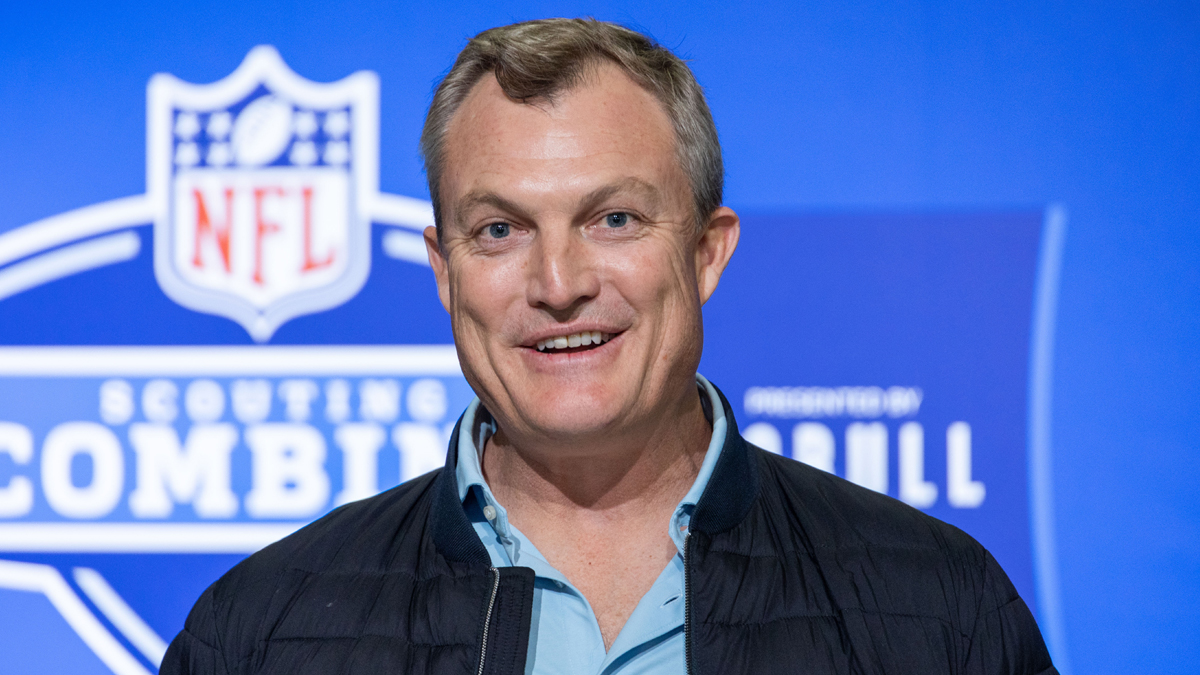Eight days after getting hit by a rocket propelled grenade in Iraq, Josh Olson woke from a medically induced coma with his right leg gone, and felt guilty.
Guilty for the others soldiers hurt in the blast. Guilty for not completing his mission. Guilty that he’d left his squad without a leader.
“I felt like I let my guys down,” Olson said.
It was even worse to find out they were getting along without him. For the first time since he enlisted in the Army at 17, Olson worried that his country didn’t need him anymore. It wasn’t true, but it took him some time -- starting with a revelatory performance at a target range -- to realize it.
Now Olson is the first active-duty American soldier to make the Paralympic Games. He’ll head to London next month with the U.S. shooting team as a rifleman.
If not for his 2003 injury, Olson, 32, may never have discovered this talent. It renewed his physical self-worth and also allowed him to stay in the Army, as a sergeant in its Marksmanship Unit. And he is once again a leader, traveling the country recruiting wounded soldiers into the Paralympics and helping them to follow his path back to active service.
“I can’t carry a rucksack through the mountains, but I can still pull a trigger, and I can take what I’ve learned and pass it along to other soldiers,” Olson said.
Sports
Although the Paralympics have been around for decades, the U.S. military and United States Olympic Committee have only recently begun to harness competitive sports as a means to help wounded warriors heal. The movement predates the wars in Iraq and Afghanistan, but it took off as the first wave of broken soldiers began returning home in the early 2000s.
“These soldiers, they’re tough, they’re in shape, they’re athletic, and they’re not going to settle for a sedentary lifestyle,” said John Register, a veteran of the first Gulf War and former Olympic hopeful who lost his leg in a freak hurdling injury and now runs the USOC’s Paralympic Military Program. “Using sports is one mechanism to push them into a new area of excellence. That was culture shift that came out of the (Iraq and Afghanistan) wars.”
The makeup of recent U.S. Paralympic teams sheds light the movement’s impact. In 2004, there were seven military veterans on the roster, none of whom had been wounded at war. In 2008, there were 16 veterans and service members, including two injured in Iraq. This year, there are 13 who’ve made the U.S. team so far, with many more expected to qualify at track and field trials later this month. Olson is one of three combat-wounded members of the 2012 team.
But the Paralympic Games represent a small fraction of those who’ve benefitted from the new initiative. Hundreds of service members who aren’t good enough to compete internationally continue to compete at less elite levels. Many return to active service. Some even return to combat.
“When I was injured (in 1994), I wanted to continue in active duty, but the thought back then was, ‘We don’t want to be promoting injured veterans. That’s no way to recruit,’” Register said. “Now the model is on its head, because we know that the warrior-athletes can not only go to the Paralympic Games but they’re back on the battlefield and training troops. Josh is a living testament to that. He’s an instructor, a world-class shooter and he just happens to be an amputee.”
Olson didn’t know he was that good a shot until he began his 18-month rehabilitation at Walter Reed Army Medical Center. One of the occupational therapy events was a sporting clays exercise. An instructor helped him with the basics, and then Olson hit 49 of 50 targets. The organizer called down to the U.S. Army Marksmanship Unit, which develops Olympic-caliber shooters and trains soldiers, and said he found a possible candidate.
Olson doubted whether he could really do it, but that changed when he attended an inspirational speech by Register. It helped Olson see that he still had a lot to give his country.
He joined the unit in 2004, and immediately began training for the 2008 Paralympic Games. He was chosen as an alternate and did not make it to Beijing. While training for 2012, he instructed soldiers on shooting techniques and joined Register as an ambassador to the Paralympics. “I tell my story and how sports have helped me through my injury, helped me cope, and helped me concentrate more on my ability than my disability,” Olson said.
He also leads a new section of the Marksmanship Unit made up of wounded active-duty soldiers, the first of its kind.
As he makes final preparations for London, Olson can’t help but think of those first few despairing days after his injury. So much has changed since then. His retirement date isn’t that far off, and he no longer worries whether he has served his country well.
“I’ve represented the United States in Kosovo, in Korea, and in Iraq as a peacekeeper and liberator, and now I’m going to wear “USA” on my back as a world class competitor,” he said. “And I know that when I leave this unit and I’m not missed, then I’ve done my job.”



